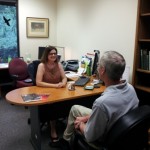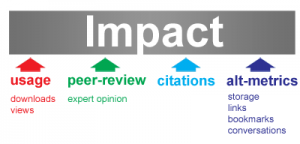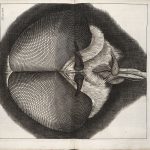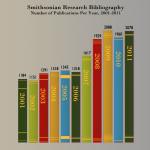 The end of an era has come to the Smithsonian Libraries and a new one begins! The current model of a library, with a physical location, books and journals on the shelves and a librarian to manage it all is so 2011. A hip, new model of a ‘ librarian-as-reference-resource-person-embedded-in-research-department’ has come for the National Zoological Park/Smithsonian Conservation Biology Institute in 2012!
The end of an era has come to the Smithsonian Libraries and a new one begins! The current model of a library, with a physical location, books and journals on the shelves and a librarian to manage it all is so 2011. A hip, new model of a ‘ librarian-as-reference-resource-person-embedded-in-research-department’ has come for the National Zoological Park/Smithsonian Conservation Biology Institute in 2012!
Category: Research

Old typewriters are pretty cool, but did you ever try adding footnotes to a paper using one? Not so easily done. Thank goodness for modern innovations!
In my last Library Hacks post, I introduced Zotero and Mendeley, two free “reference managers” that help you collect and store all kinds of materials – from PDF files to book citations to webpages – in your own online library. Now we’ll look at how these same tools can help you add footnotes, citations and bibliographies to a paper as you’re writing it. And it’s a snap!
 The evaluation of research quality is a task which is attracting attention as the world turns more and more to evidence-based decision making. The work of scientists and historians are regularly reviewed by institutional administrators to ensure a high quality of scholarship and to determine where to deploy scarce resources. One of the most relied-upon components of research assessment is the review of publications authored by a particular scholar. And although publications are difficult to objectively evaluate, the standard method for many years was to use the journal impact factor. This method measured the number of times the articles from a particular journal were subsequently cited by other publications, for which a numeric score was assigned to the journal. It soon became prestigious for scholars to have their papers published in a journal with a high impact factor.
The evaluation of research quality is a task which is attracting attention as the world turns more and more to evidence-based decision making. The work of scientists and historians are regularly reviewed by institutional administrators to ensure a high quality of scholarship and to determine where to deploy scarce resources. One of the most relied-upon components of research assessment is the review of publications authored by a particular scholar. And although publications are difficult to objectively evaluate, the standard method for many years was to use the journal impact factor. This method measured the number of times the articles from a particular journal were subsequently cited by other publications, for which a numeric score was assigned to the journal. It soon became prestigious for scholars to have their papers published in a journal with a high impact factor.
 Here’s the latest post in our series, Library Hacks, where we take a look at cool and interesting online resources from the Smithsonian Libraries and the cyberworld at large.
Here’s the latest post in our series, Library Hacks, where we take a look at cool and interesting online resources from the Smithsonian Libraries and the cyberworld at large.
We librarians are all about the organization of information. It’s what we live for! (Well, that might be overstating it a bit.) So when we find great tools for keeping track of info/data/stuff, we get pretty excited. While you may not have the same level of enthusiasm for this that we do, you still can find such tools useful for everything from doing research on a topic of interest, to writing a report for school or work, to collecting your favorite recipes from foodie websites.

Meghan Doherty, Smithsonian Libraries Dibner resident scholar of 2009, has been awarded the second Notes and Records Essay Award at a reception at the Royal Society on 18th May, 2012.

The Washington Art Library Resources Committee (WALRC) has awarded $5000 in funding to Freer | Sackler Library for a 2012 travel grant program. The purpose of the program is to provide short-term travel and lodging support for graduate students and scholars of East Asian art who need to use the library’s collection.
Five grants of $1000 each will be awarded on a competitive basis. These grants are meant for students and scholars residing outside the Washington metropolitan area.
 Here’s another in our series, Library Hacks, where we take a look at cool and interesting online resources from the Smithsonian Libraries and the cyberworld at large.
Here’s another in our series, Library Hacks, where we take a look at cool and interesting online resources from the Smithsonian Libraries and the cyberworld at large.
Readers of this blog have probably figured out that the Smithsonian is more than a set of museums – it’s also a hub for research. In 2011 alone, Smithsonian researchers published more than 2000 articles, books, and book chapters. Given the Institution’s 165 year history, the cumulative knowledge output of the Smithsonian Institution located in one place is quite the extensive resource.
